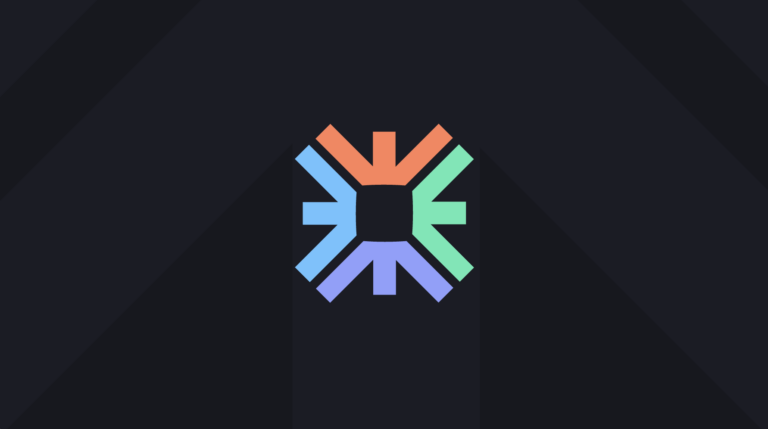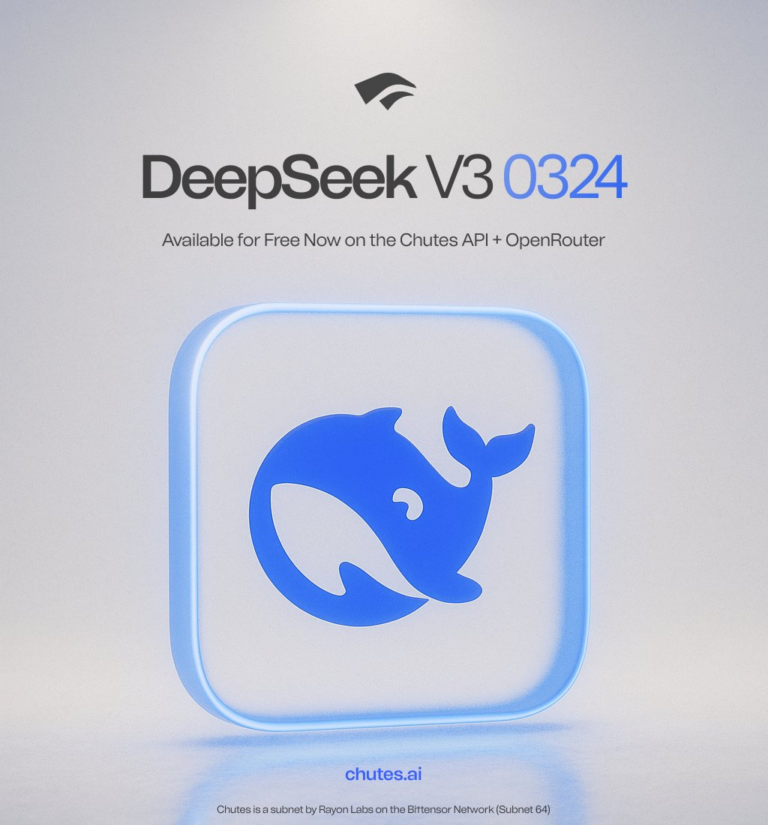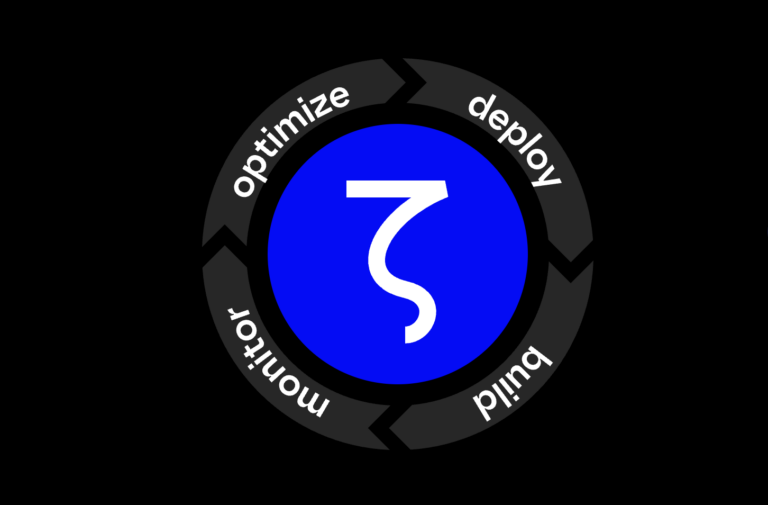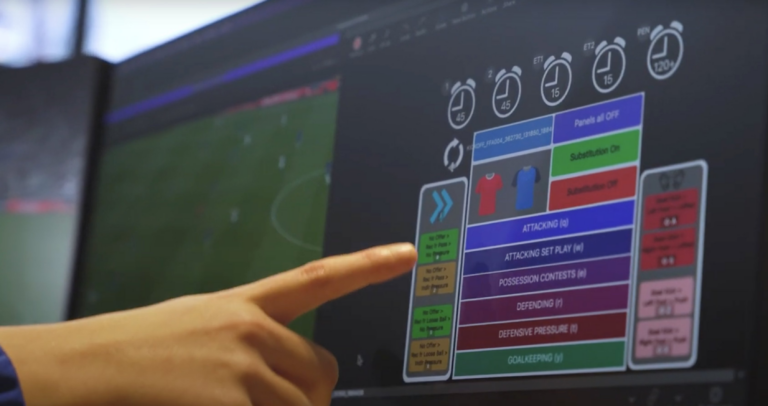The post critiques resource scarcity as a coordination failure, advocating for decentralized systems like Bittensor, which uses $TAO to incentivize AI development across permissionless, anti-fragile platforms.
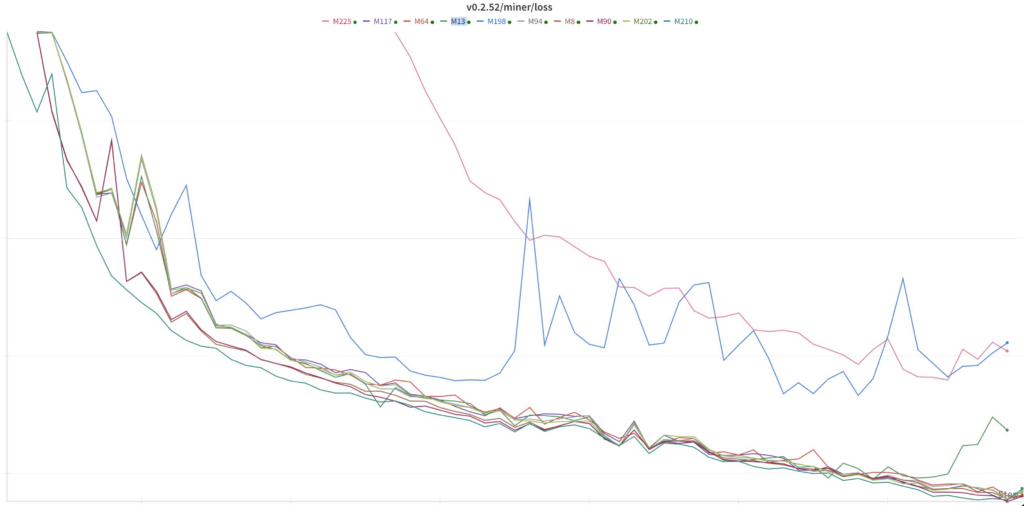
In world where talent is evenly distributed , scarcity of resources is not a technical limitation , but a failure in coordination.
— templar (@tplr_ai) March 25, 2025
Decentralised systems are the strongest forms of coordination , and decentralised training must be permissionless, anti-fragile platforms.
The tweet points out that in a world where talent is evenly distributed across the globe, resource scarcity is not a technological limitation, but rather a result of coordination failures. The tweet further suggested that decentralized systems are the strongest form of solving coordination problems, emphasizing that decentralized training platforms must be permissionless and anti-fragile. This view echoes current trends in decentralized technology, especially in the fields of artificial intelligence and blockchain.
According to the International Journal of Microsimulation, there is a significant difference between the performance of centralized and decentralized systems on coordination issues. The study shows that decentralized systems are more robust in the face of communication errors, while centralized systems, while superior in coordination speed, are weaker in error handling. For example, the Chicago Mercantile Exchange (CME) relies on a centralized clearing house and quotation system, while the farmers’ market in Turin achieves coordination through decentralization, showing different adaptive capabilities. This fact supports the
@tplr_ai
that decentralized systems are more advantageous in complex environments.
The tweet refers to the concept of “antifragility,” which is derived from Nassim Taleb’s theory that systems not only withstand shocks, but also benefit and become stronger in the face of chaos and stress. a 2018 LinkedIn article further elaborates on the application of this idea to the technology sector that points to open source and blockchain technologies as prime examples of anti-fragile platforms. For example, the fintech sector embodies antifragile characteristics through decentralized technology that enables partial system failures without affecting overall operations.
Tweets apply this concept to decentralized training platforms, advocating the construction of an ecosystem capable of continuous evolution through a permissionless participation model.
Take Bittensor, for example, a decentralized AI network that incentivizes developers to build AI models in a permissionless environment through $TAO tokens. Its sub-networks (e.g., SN18 and SN23) drive the rapid evolution of AI technology through competition and collaboration. bittensor’s design philosophy is highly compatible with the tweets: permissionless participation lowers barriers to entry, and an anti-fragile system architecture ensures that the network continues to grow in the face of technological or market volatility. on march 25, 2025, several projects within the bittensor ecosystem (e.g., Zuvu and SN23) were announced as part of the bittensor ecosystem. Multiple projects (e.g., Zuvu and Score) have also demonstrated the potential of decentralized systems for resource allocation and innovation incentives through initiatives such as token destruction and a potential partnership with FIFA.
To summarize.
Tweets reveal the nature of the resource scarcity problem and propose solutions through the advantages of decentralized systems. Combining academic research and real-world examples, such as Bittensor’s practice, decentralized, permissionless, and antifragile platforms are opening up new possibilities for solving coordination problems and driving more efficient use of technology and resources.


